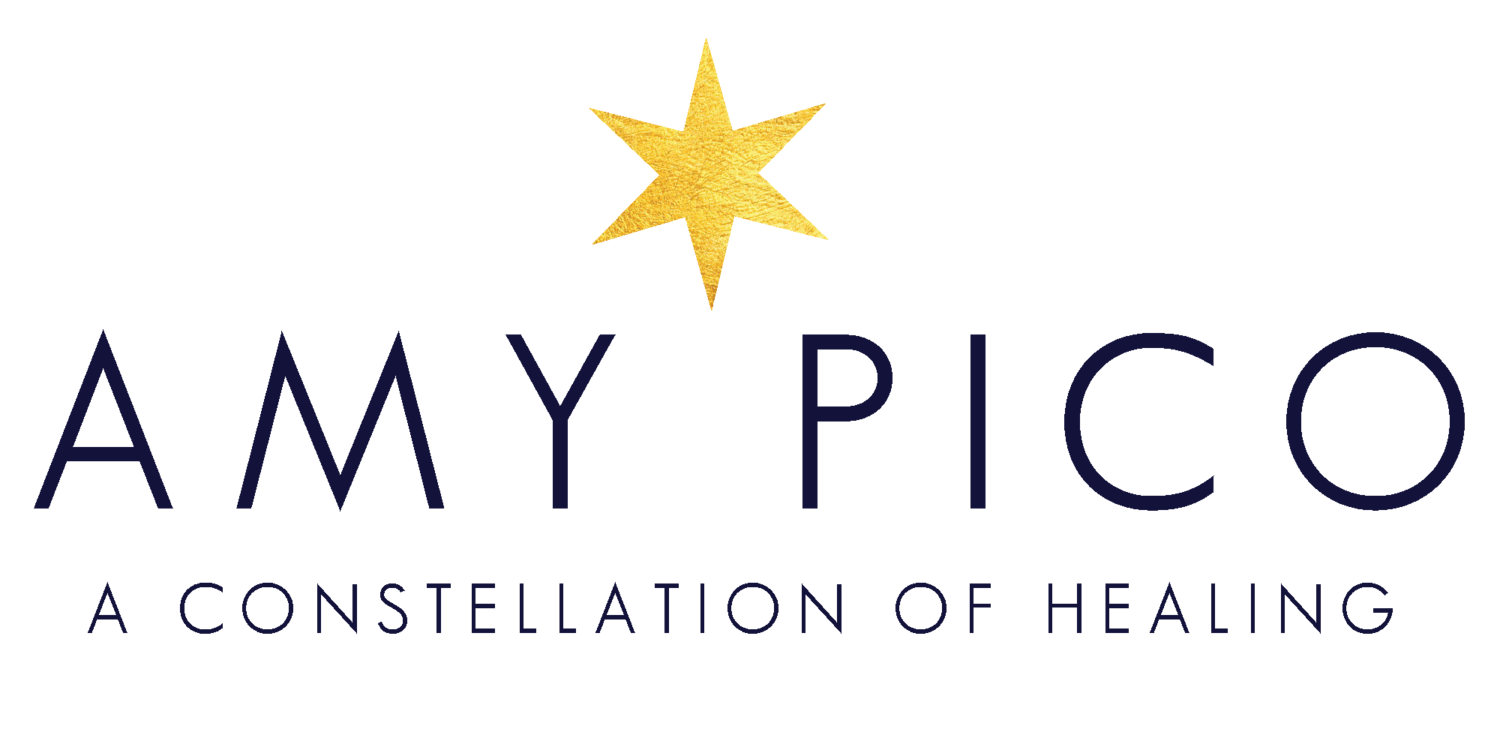In the final installment of reflecting on my twenty years as a professional counselor, the last seven years of practice have been a lengthy integration process of evolving how I hold space for clients. As I incorporated more tools to help my clients become unstuck in trauma therapy, I also deconstructed my physical health to support treatment for PCOS. This process coincided with my plant medicine journey to give and receive love for my family, lessons in letting go, and uncovering the shadow parts of my identity that need more love and attention.
In 2016, I began to work with a nutrition company that specialized in optimizing my movement goals with food choices. I wanted to heal my metabolism from past eating disorders and learn how to eat to add muscle mass and reduce fat. This journey was challenging as my body adjusted to more food and weight training. I continued with more individualized nutrition and exercise coaching in 2017 and also began to increase my curiosity about using psychedelics for emotional healing. My spiritual practices continued to grow during this time. I received my first official astrology reading during the summer of the total solar eclipse, which prompted a lifelong curiosity to study astrology to understand my clients better.
In December 2017, the call to do plant medicine arrived, and my first experiences changed how I saw myself, my family, and our planet. I could access the love I knew I had inside me after feeling blocked from giving and receiving love freely. By the time 2018 arrived, I was ready to embark on my year-long astrology apprenticeship. My physical health had improved, my private practice was thriving, and I was beginning to learn more about the emerging field of psychedelic-assisted therapy and its promise in helping clients move through years of trauma and pain. By the end of that year, I had attended a training on psychedelic integration, which creates a space of intention for people who are using psychedelics for personal healing.
These significant events of personal and professional expansion showed me how I wanted to show up more effectively for my clients. My business coaching had prepared me for how to show up online to attract the ideal clients for more profound healing work. By January 2019, I had launched my new professional website, which reflects my professional, personal, and spiritual presence more authentically. The previous year had also revealed my need to separate from the family I helped create. I was devastated that the love I felt during plant medicine could not sustain our future, and the separation process unfolded throughout 2019. I also found Zen Buddhism to assist in a new chapter of life, and I spent a month in a Buddhist retreat at Green Gulch Farm in California to reset my nervous system for this transition.
By the time the pandemic appeared in early 2020, I welcomed the enforced solitude of quarantine. I was already living alone, and working from home had been a dream of mine for years. Despite how devastating and confusing this time was for the world, the pandemic gave me many gifts. I took advantage of my situation and relocated to Atlanta. I understood that my separation allowed me to start expressing more parts of my gender and sexual identities. Moving away from my familiar community allowed me to express myself without fear as I played with my appearance, my partnerships with others, and my spiritual curiosities.
By the end of 2021, it was time to relocate again to the Florida panhandle, where I could be closer to family and the ocean breezes. Becoming a digital nomad--a telehealth counselor--is now my reality. While my home base is in Florida, I retained my other counseling licenses due to increased client access. Professionally, I used the pandemic to learn more about ancestral or generational healing and somatic trauma therapy. In 2022, I embarked on a year-long training for ketamine, MDMA, and psilocybin-assisted psychotherapy. This training coincided with my autism diagnosis in June of the same year, which created another healing crisis.
Neurodiversity language had begun to increase online and in mental health communities as many people learned of their undiagnosed autism, ADHD, or other neurodiverse identities while being quarantined. I now see my struggles through the lens of life-long autistic burnout, which has manifested as chronic physical and mental health conditions consistent with a sensitive and rigid nervous system. As a result, I have since taken professional training to help support partners in neurodiverse relationships, help adult clients navigate the process of receiving a formal diagnosis, how to use cannabis as form of nervous system regulation, and have learned more about the Persistent Drive for Autonomy (PDA) profile in neurodiverse brains.
I understood that my ongoing struggles, apart from my trauma history, better fit within an autism diagnosis, and this transparency with new people in my life has been invaluable. Last year, I met someone who is now my long-term partner and confidant. Showing up more unmasked and myself was scary, but the reward is feeling unconditional love for Ryan and me as we navigate a new life together.
As a person who identifies as gender fluid, pansexual, and autistic, my professional journey now mirrors a more accurate representation of how I show up as a counselor. Being open to a collaborative relationship with my clients has been an ongoing process of curiosity and openness. I am incredibly grateful for all the mentors, colleagues and friends who have mirrored their own authenticity in order for me to give the same gift to all my clients. As a result, I want to keep a childlike sense of wonder in my work and life. If reading my professional evolution has increased your curiosity, feel free to fill out an application to work with me here or email me!
Ryan and I at his solo art installation in Panama City, December 2023. Photo by Galina Wells Photography.

